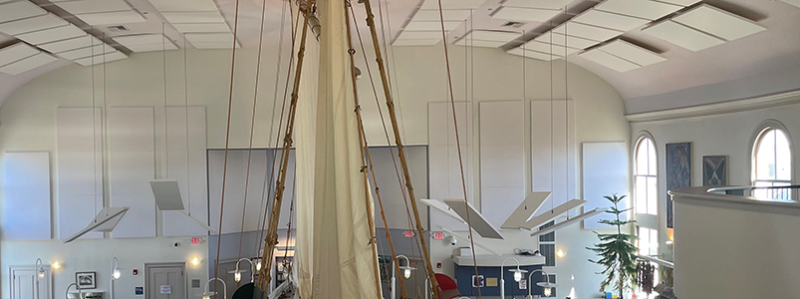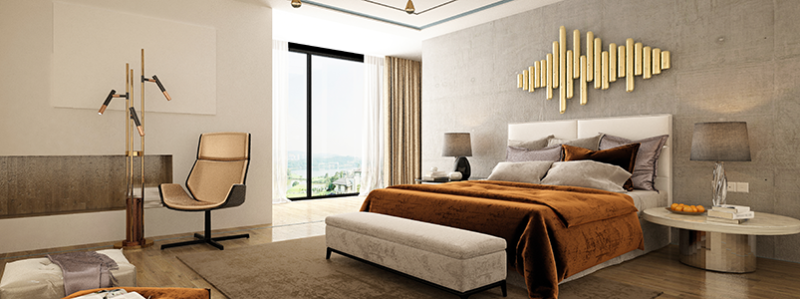
Echo Over Zoom and How to Fix it
During the COVID-19 pandemic, Zoom has, like many other video conferencing tools, become a crucial component of remote business and communication. However, a frequent problem that can be annoying and distracting during Zoom calls is echo. This is a top noise concern for many customers because they want their listener/attendee to have a pleasant experience.
This post will explain why echo occurs and what you can do to lessen it if your meeting attendees experience echo during your Zoom calls.
What Leads to Echo over Zoom?
When sound is played simultaneously through the speaker and microphone, echo occurs. As a result, a feedback loop is created, which causes the sound to repeat or echo. The following causes of echo are most frequent:
- Your room is too reverberant: Echo in a space is a result of high reverberation. Spaces with lots of hard, reflective surfaces are more reverberant, thus creates more echo.
- Too close to the microphone: The sound from the speaker can be caught up by the microphone and cause echoing when the microphone and speaker are close to one another.
- Poor sound isolation: Sound from the speaker can leak into the microphone and generate echo if the microphone and speaker are not isolated from one another.
- High microphone sensitivity: If the sensitivity of the microphone is set too high, even the smallest sounds made by the speaker can be caught up by the microphone and result in echo.
- External audio sources: If appropriately isolated from the microphone, external audio sources like speakers or headphones can also cause echo.
Getting Rid of Echo on Zoom Calls
You can use the following techniques to lessen echo on your Zoom calls:
- Add Absorption to your room: If you have a space with lots of hard surfaces such as wood, drywall, glass, or concrete, you’ll need to add absorption to reduce echo. Absorption can be things like acoustic panels, baffles, or art.
- When you’re not speaking, mute your microphone: This is the quickest and most efficient technique to lessen echo. This makes sure that no sound from the speaker is picked up by the microphone.
- The microphone sensitivity can be changed if it is set too high in order to stop it from picking up noises coming through the speaker.
- Use a headset: By improving sound isolation between the microphone and speaker, a headset with a built-in microphone can assist prevent echo.
- Move the microphone further away from the speaker: To lessen the amount of sound that the microphone picks up when the speaker and microphone are near to each other, consider moving the microphone farther away from the speaker.
- Use headphones with noise cancellation: By removing background noise that the microphone might pick up, noise-cancelling headphones can assist prevent echo.
- Use an external microphone: If the built-in microphone isn’t functioning properly, you can switch to an external microphone, which offers superior sound isolation and quality.
Conclusion
The strategies provided in this post can help you lessen or get rid of echo during Zoom calls, which can be annoying and disruptive. There is a solution that will work for you, whether you silence the microphone, change the sensitivity, use a headset, position the microphone away from the speaker, use noise-cancelling headphones, or use an external microphone. You can make sure that your Zoom calls are crystal-clear and echo-free by following these instructions.
-
April 11, 2024
Acoustic Improvements at Provincetown Public Library
-
November 16, 2023
How to Soundproof a Room
-
September 26, 2023
Quieting the Racket: Understanding Pickleball Noise and Effective Solutions




